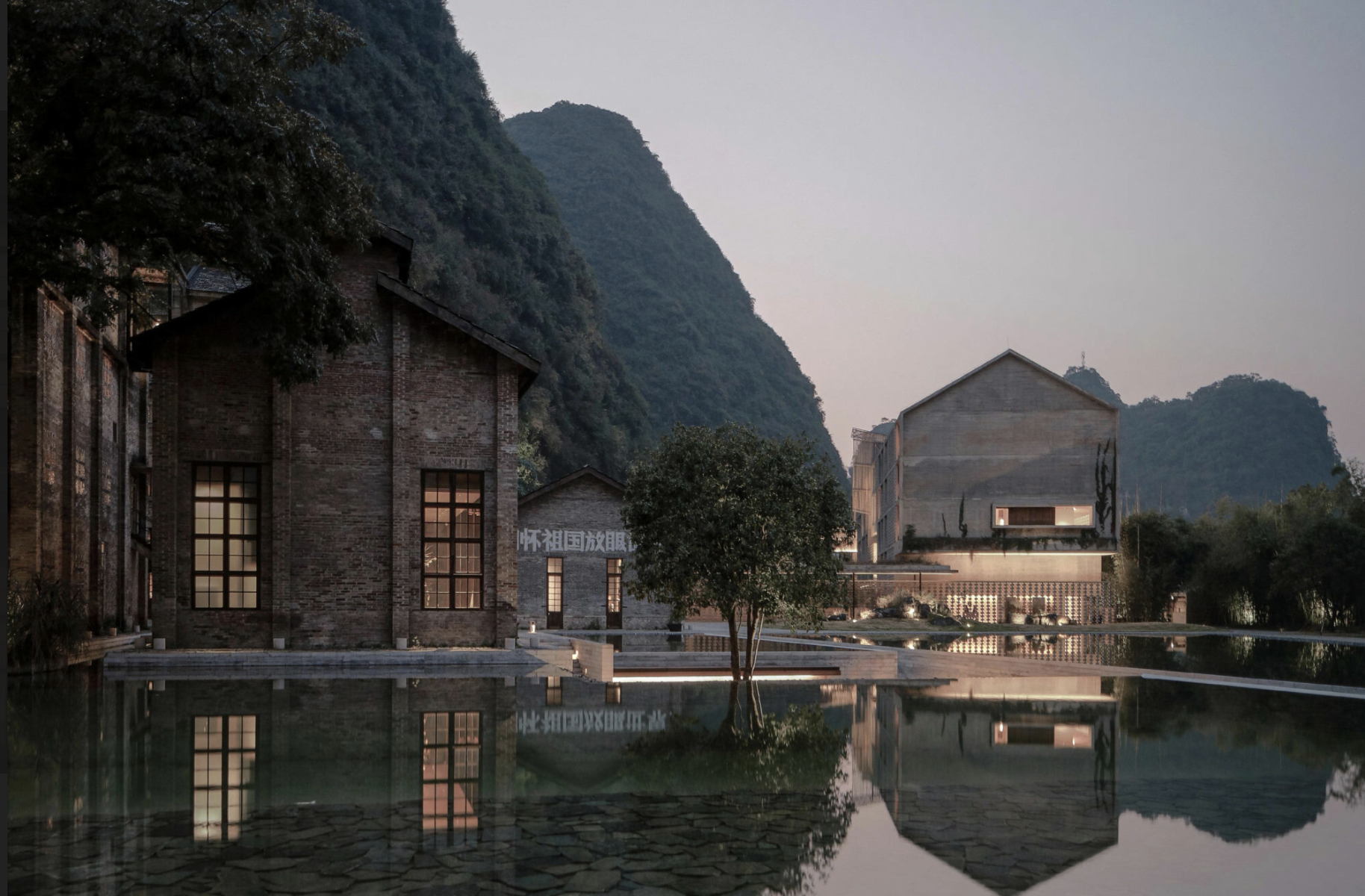
Reuse, Renew, Recycle: Recent Architecture from China
18 September - 04 July
During the past three decades, China has undergone a building boom that has made it the largest construction site in human history. After years of urban megaprojects and spectacular architectural objects, many of which were designed by Western firms, a new generation of independent Chinese architects have challenged this approach. Reuse, Renew, Recycle: Recent Architecture from China highlights their commitment to social and environmental sustainability. The exhibition presents eight projects that speak to a multiplicity of architectural approaches—from the reuse of former industrial buildings, the recycling of building materials, and the reinterpretation of ancient construction techniques, to the economic rejuvenation of rural villages and entire regions.
The architects featured in this exhibition have championed small-scale interventions that seek to meaningfully engage with the preexisting built environment and established social structures. “As with any new generation,” Beijing-based architect Zhang Ke has observed, “you start by going back to the original questions, back to the basics, to rethink and re-ask how architecture of our time could be.”
Through models, drawings, mock-ups, photographs, and videos, Reuse, Renew, Recycle brings together some of the most imaginative built work in China today and explores how contemporary architecture can be firmly grounded in the country’s unique cultural context. From the vaulted ceilings of the Jingdezhen Imperial Kiln Museum in Jiangxi, to an open-air bamboo theatre in Hengkeng Village in Songyang County, to a former sugar factory turned into a hotel near Guilin, the exhibition examines an array of bold interventions that serve as a blueprint for more resource-conscious and socially oriented architectural practices around the world.
The projects selected for this installation explore a range of themes. Kelly Jazvac’s Plastiglomerates—dense geological formations of sand and plastic waste, fossils from the future—reveal the long-term effects that human behaviors will have on the Earth’s layers. Intake Facility for an Anonymous Client, by Mustafa Faruki of theLab-lab for architecture, imagines a facility for processing angels migrating to Earth; it considers borders, transitions, and entry procedures while investigating architecture's potential to create a more empathetic world. In Can City, design duo Studio Swine (Super Wide Interdisciplinary New Explorers) have devised a mobile foundry that melts discarded aluminum cans salvaged from the streets of São Paulo, helping the city’s waste pickers jump start an artisanal enterprise. Other projects—like Julia Lohmann’s Oki Naganode—explore a range of new materials and processes intended to lead citizens to a more responsible attitude toward the world they occupy and shape.

General Info
Venue / Location
MoMA More Info
Manhattan
New York City
NY 10019-5401
view map